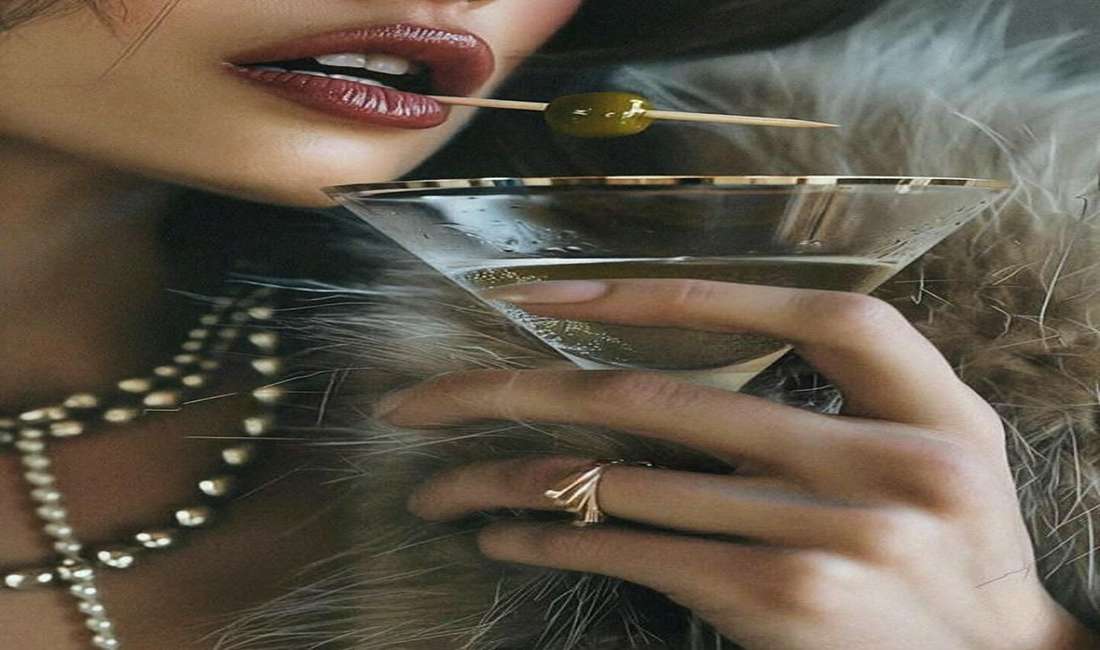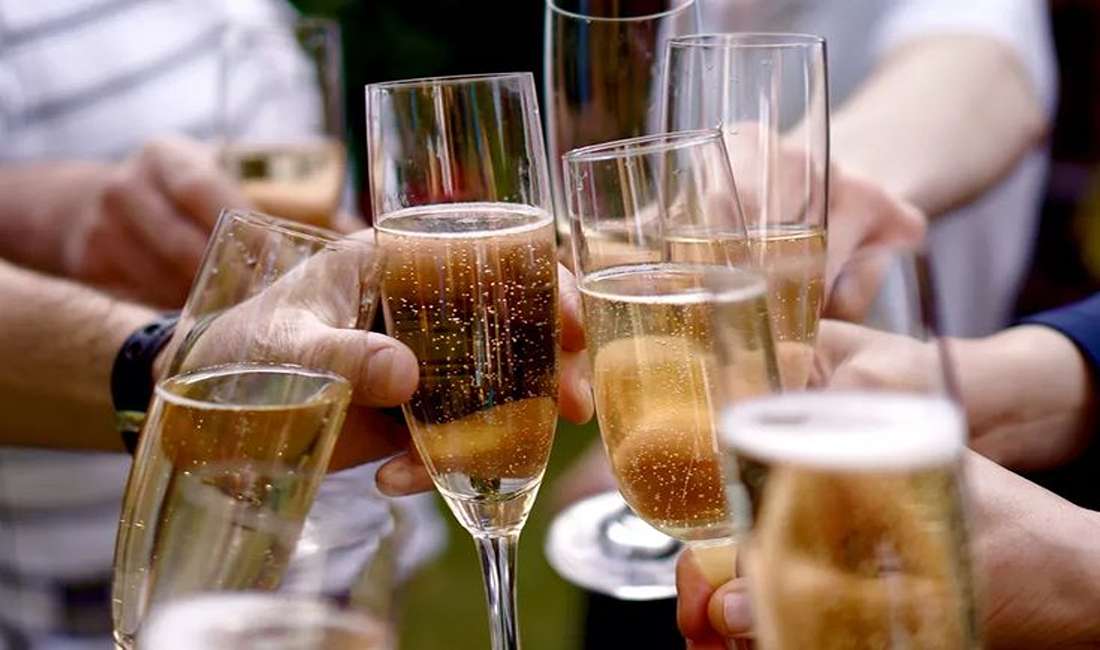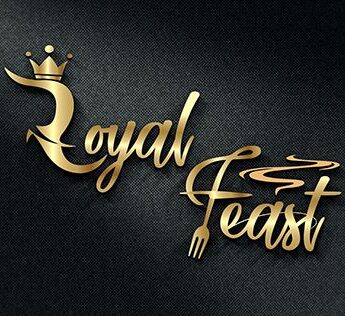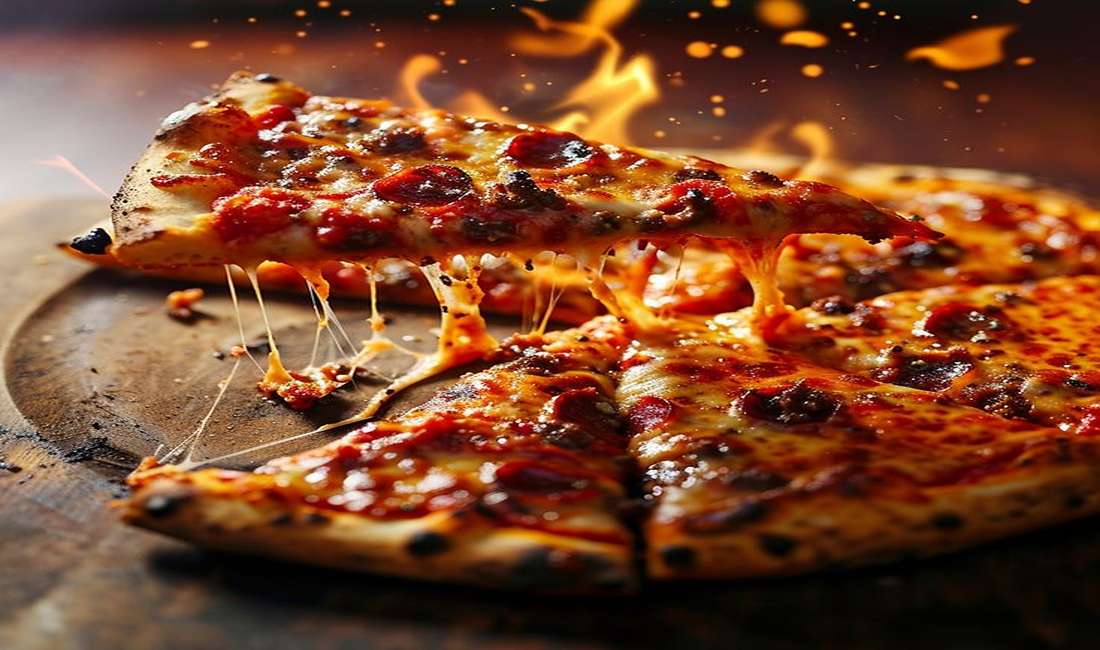
Cava is the drink that has embodied celebration, tradition, and elegance and is now Spain’s favorite bubbly. Often overlooked by the glamour of Champagne or the exuberant Prosecco, It shines with a unique experience that rivals its counterparts but in its way. Its appreciation should, therefore, not only touch on its taste and affordability but also reach into the history and craftsmanship poured into every bottle.
A Brief History of Cava
It’s story began in the mid-19th century when winemakers from Catalonia tried to emulate Champagne’s success. They applied traditional fermentation and found that their local grapes produced a sparkling wine with a character of their own. Production took off in the 1870s by Josep Raventós at Codorníu in Spain, and the industry flourished.
The 1970s saw the adoption of the name “Cava,” Catalan for “cellar.” It marked a difference between Spanish sparkling wine and French Champagne. Quality and uniqueness, developed over the years, have made Cava one of the country’s most treasured exports.
The Traditional Method: A Mark of Quality
The traditional method (“método tradicional”) of Cava production is identical to the method applied in Champagne production. This labor-intensive process has the second fermentation occurring in the bottle, creating its characteristic bubbles. The complexity of flavors and silky texture in Cava set it apart from other sparkling wines, as they are created by tank fermentation.
With an excellent base wine made from a blend of indigenous Spanish grape varieties, such as Macabeo, Xarel·lo, and Parellada, a fine cava starts there. But even before that, for the second fermentation once added with sugar and yeast are in the bottle, sealed, and later left to ferment, the bottles get aged for at least nine months on their lees, producing subtle brioche, almond, and citrus flavors in wine.

Grape Varieties and Flavor Profiles
The characteristic taste of It is because of their traditional grape varieties:
Macabeo: This grape contributes freshness and subtle floral aromas to many blends and forms the basis of most Cavas.
Xarel·lo: Xarel·lo, with its dense structure and earthy notes, adds to the richness of the wine.
Parellada: Bringing elegance and finesse, Parellada imparts delicate fruit flavors and a smooth finish.
Apart from these domestic stock, foreign strains like Chardonnay and Pinot Noir can be incorporated to make different sorts of Cava.
Types of Cava
It can be classified based on the amount of residual sugar as well as their age. Learning these will point you to the right bottle at the right moment.
By Residual Sugar:
Brut Nature: No added sugars (0-3g/l).
Extra Brut: Dry flavoring (0-6g/l).
Brut: Dry taste (0-12g/l).
Seco: Slightly sweet taster (17-32g/l).
Semi-Seco: Taster of medium sweetness (33-50g/l).
Dulce: Flavoring that is sweet, above 50g/l).
By Age:
Standard Cava: At least 9 months aging.
Reserva: Over 15 months of age with higher complexity.
Gran Reserva: Aged for at least 30 months. The taste is full and mature.
Cava de Paraje Calificado: This is the highest category, its grapes are grown in one single vineyard, and aged at least 36 months.
Pairing Cava with Food
One of the major attractions to It is how fantastically well it goes with food its crisp acidity and effervescence make it a good partner for most types of dishes. Here are some pairing suggestions:
Appetizers: Bright, citrusy notes of Brut pair beautifully with light starters such as oysters, shrimp cocktails, or smoked salmon.
Cheeses: Bubbly Semi-Seco It’s pairs well with rich cheeses such as creamy Brie or Camembert while dry Brut matches the aged nuttiness of Manchego.
Main Course: From roasted chicken to seafood paella, it comes alive. It cuts through the greasiness of fried food and is fitting for tapas like croquettes and calamari.
Desserts: Sweet Dulce Cava has given a good deal of a touch of sweetness to the desserts prepared by using fruits, particularly citrus and berries.
Production Regions of Cava
Although technically It can be produced in any region of Spain, more than 95% of the production comes from Catalonia, particularly the Penedès region. The Mediterranean climate with warm days and cool nights creates ideal conditions for growing high-quality grapes. Other regions, such as Valencia, La Rioja, and Aragon, also contribute to Cava production, which adds diversity to the profile of the sparkling wine Spanish sparkling wine Traditional method sparkling wine Cava grape varieties Catalonia wine history Penedès wine region
.Sustainability and Modern Trends
Currently, sustainability and innovation are integral elements of the industry. Most producers today use organic and biodynamic farming, making their wines eco-friendly and high in quality. Finally, Cava de Paraje Calificado represents the development of a movement toward terroir-driven wines, elevating the prestige of Spanish sparkling wine.

Affordability Factor
One of the major attractions of it is that it is so affordable. It is made in the old-fashioned labor-intensive way, often cheaper than Champagne, thereby being a luxury within reach for connoisseurs who seek quality without breaking the bank.
How to Serve and Enjoy Cava
It should only be served if one likes it. The ideal serving temperature for Cava is 6 to 8°C or 43 to 46°F. The flute or tulip-shaped glass captures the bubble activity and mixes the fragrances. Be it an occasion celebration or a quiet night, effervescence in Cava brings joy to any moment.
Cava Beyond the Bottle
While most of us are satisfied to drink It alone, it just happens to be highly versatile. Superb as a base for the quintessential Mimosa or Bellini, for the Spanish version “Tinto de Verano”, this is the base topped with red wine and a small splash of soda.
Conclusion:
It is more than just a sparkling wine; it’s a celebration of Spanish culture, craftsmanship, and tradition. With its rich history, diverse flavors, and unmatched versatility, It offers something for everyone. Whether you’re a seasoned wine enthusiast or a curious newcomer, exploring the world of It is a journey worth taking. So, the next time you’re in search of a sparkling wine, reach for a bottle of Cava and toast to the joy it brings.










